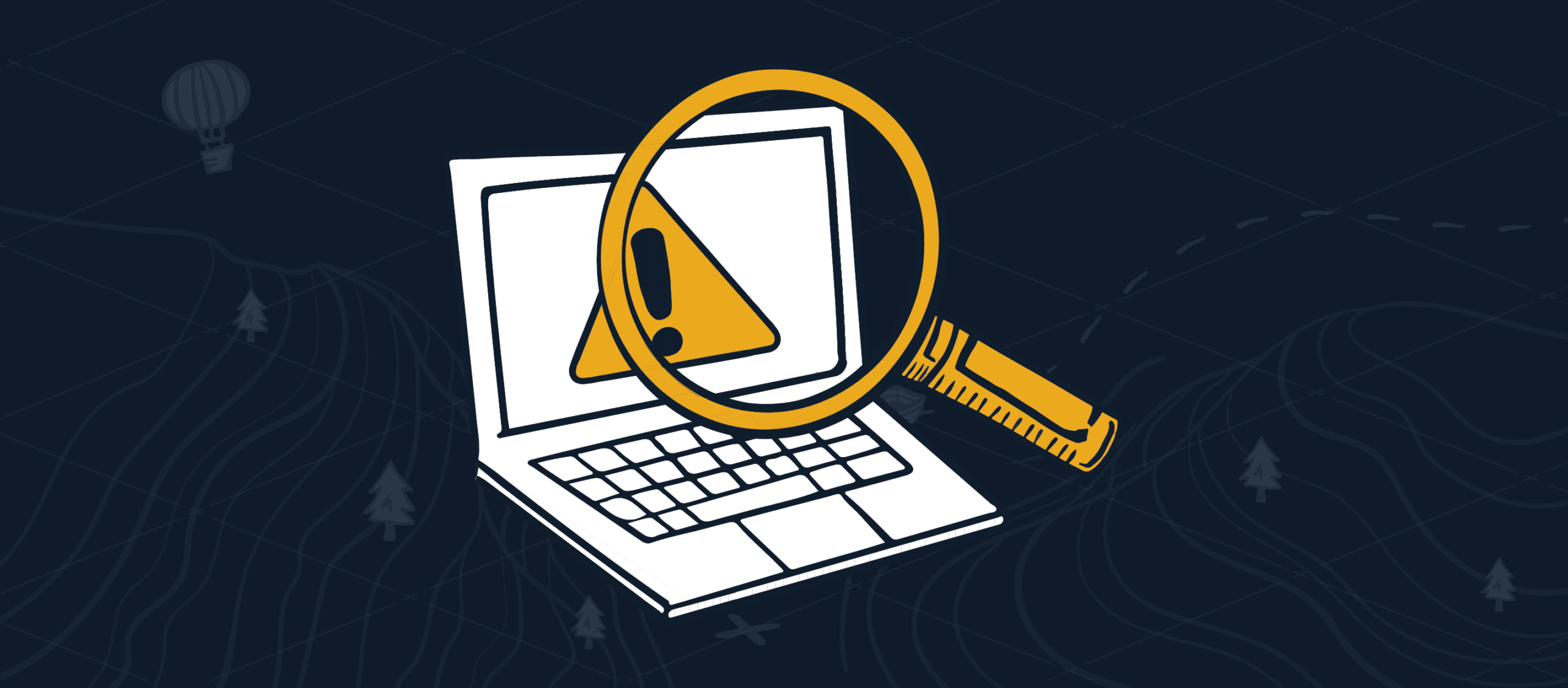
Audits can be a source of anxiety for MSPs who aren’t prepared. But passing audits is critical to your MSP’s long-term health and success.
In this article, you will learn:
Cybersecurity audits can be a pain point for businesses as they struggle with the preparation required. If you don’t have the tools or the expertise to prepare, audits can be a big source of anxiety.
Despite the challenge, MSPs know that a successful audit is crucial for themselves and their clients.
Gartner research indicates that for 56% of B2B and B2C customers, the cybersecurity posture of the organizations they work with is top-of-mind.
Passing a cybersecurity audit is also beneficial for:
Passing a cybersecurity audit can be very beneficial. But how can MSPs get a jump start on preparation? With the right plan and tools, your MSP can feel confident and relaxed in the audit phase.
Cybersecurity audits vary from framework to framework. However, some of the more popular frameworks, such as SOC 2 and ISO 27001, have topic overlap.
We’ll highlight SOC 2 here because the demand for certification is significant. As reported by the AICPA in a 2020 CPA survey, “the demand for SOC services was growing,” and “the number of SOC 2 engagements increased by almost 50% from the previous two years.”
Here’s what to expect from SOC 2 audit:
This document specifies the areas covered during the audit and clarifies the auditing company’s duties toward your organization.
Here’s where your IT compliance team demonstrates its readiness in controls, policies, and IT infrastructure.
In this step, your IT liaison will hand over the evidence and documentation of controls.
Depending on the first go-around, your auditor may request additional information about your controls or more details about your security processes.
After the auditor’s requests have been satisfied, you will receive a report with the firm’s assessment.
The following steps anticipate that you’re well underway with your compliance journey. At this point, you have:
By now, you understand the importance of fostering a culture of IT compliance. You’ve likely assembled a team to manage your compliance program. Auditing is a different project that requires preparation and attention to detail. Having an IT liaison to coordinate with the auditing firm throughout the process can be helpful.
While some audits measure a ‘snapshot’ of cybersecurity posture, others measure the operational management of compliance over an extended period. In either case, significant time is spent interfacing with the auditing firm.
To keep things clear and organized, assign an IT liaison to act as your organization’s spokesperson throughout the auditing process.
Search for a firm with audited organizations of your size and sector. A firm you can trust will help your MSP feel empowered to ask questions and understand their process.
Some frameworks require auditors to have specific affiliations or certifications. SOC 2, for example, can only be conducted by AICPA-affiliated CPA firms.
Dry run the real thing with an internal audit.
Internal audits are valuable for reviewing your controls, policies, and procedures. First-timers will also find a practice run particularly beneficial to compensate for their lack of experience in the auditing arena.
You can work with a third-party auditing firm or conduct it in-house. If you choose to keep it in-house (also known as self-attestation), use your cybersecurity compliance software’s tools to aggregate the controls, evidence, risks, policies, and documents you need for your framework.
When the dust settles after your internal review, it’s time to fill in the gaps.
Identifying gaps is critical: you may need to prioritize some areas over others or create a strategic plan to address gaps. Having every piece of data laid out for you clarifies the process.
Audits involve some back-and-forth. This dialogue can include the following:
The maintenance of cybersecurity compliance is ongoing. Even after a successful audit, there’s a lot to keep organized. End-to-end compliance software vastly reduces that workload, from collecting evidence to assessing risk.
Don’t get lost along the way to compliance!
End-to-end compliance software makes it easy to understand what your auditor will expect from you. By mapping your controls, evidence, and policies to the most current version of your selected framework, ControlMap identifies gaps to address before audit time.
With a workflow solution like ControlMap, you can easily pull documents and evidence and generate reports to expedite the audit process.
Streamline information security policies with ControlMap’s policy management tools. Delegate policy updates by assigning edits to employees or departments and track changes in the platform.
Want to learn more? Visit the main ControlMap page to watch the 5-minute product demo and see the cybersecurity compliance platform in action.